When Apple introduced the new 14″ and 16″ MacBook Pros with the M1 Pro and M1 Max chips, it managed to captivate a fairly wide group of Apple fans. It is precisely these chips from the Apple Silicon series that push performance to unprecedented heights, while still maintaining low energy consumption. These laptops are primarily focused on work activities. But if they offer this kind of performance, how will they fare in gaming, for example, compared to the best Windows gaming laptops?
Comparison of several games and simulations
This question was quietly spread around the discussion forums, that is, until PCMag began to address the issue. If the new Pro laptops offer such extreme graphics performance, it shouldn't come as a surprise that the left rear can handle even more demanding games. Even so, during the last Apple Event, Apple did not mention the area of gaming even once. There is an explanation for this - MacBooks are generally intended for work, and the vast majority of games are not even available for them. So PCMag took the 14″ MacBook Pro with the M1 Pro chip with 16-core GPU and 32GB of unified memory and the most powerful 16″ MacBook Pro with the M1 Max chip with 32-core GPU and 64GB of unified memory to the test.
Against these two laptops, a really powerful and well-known "machine" - the Razer Blade 15 Advanced Edition - stood up. It contains an Intel Core i7 processor in combination with an extremely powerful GeForce RTX 3070 graphics card. However, to make the conditions as similar as possible for all devices, the resolution was also adjusted. For this reason, the MacBook Pro used 1920 x 1200 pixels, while the Razer used the standard FullHD resolution, i.e. 1920 x 1080 pixels. Unfortunately, the same values cannot be achieved because Apple bets on a different aspect ratio for its laptops.
Results that will (not) surprise
First, the experts shed light on a comparison of the results in the Hitman game from 2016, where all three machines achieved relatively the same results, i.e. offered more than 100 frames per second (fps), even in the case of graphics settings on Ultra. Let's look at it a little more specifically. On low settings, the M1 Max achieved 106 fps, the M1 Pro 104 fps and the RTX 3070 103 fps. The Razer Blade slightly escaped its competition only in the case of setting the details to Ultra, when it obtained 125 fps. At the very end, however, even the Apple laptops held on with 120 fps for the M1 Max and 113 fps for the M1 Pro. These results are undoubtedly surprising, as the M1 Max chip should offer significantly higher graphics performance than the M1 Pro. This is probably due to poor optimization on the part of the game itself.
It could be interest you

Bigger differences could only be seen in the case of testing the game Rise of the Tomb Raider, where the gap between the two professional Apple Silicon chips had already deepened significantly. At low details, the M1 Max scored 140 fps, but it was surpassed by the Razer Blade laptop, which boasted 167 fps. The 14″ MacBook Pro with the M1 Pro then got “only” 111 fps. When setting the graphics to Very High, the results were already a little smaller. The M1 Max practically equaled the configuration with the RTX 3070, when they obtained 116 fps and 114 fps respectively. In this case, however, the M1 Pro already paid for the lack of graphics cores and thus obtained only 79 fps. Even so, this is a relatively good result.

At the last stage, the title Shadow of the Tomb Raider was tested, where the M1 chips already fell below the 100 frames per second threshold at the highest details. In particular, the M1 Pro offered a mere 47 fps, which is simply insufficient for gaming – the absolute minimum is 60 fps. In the case of low details, however, it was able to offer 77 fps, while the M1 Max climbed to 117 fps and the Razer Blade to 114 fps.
What's holding back the performance of the new MacBook Pros?
From the results mentioned above, it is obvious that there is really nothing stopping MacBook Pros with M1 Pro and M1 Max chips from entering the world of gaming. On the contrary, their performance is great even in games, and it is thus possible to use them not only for work, but also for occasional gaming. But there is one more catch. In theory, the mentioned results may not be completely accurate, as it is necessary to realize that Macs are simply not for gaming. For this reason, even the developers themselves tend to ignore the apple platform, due to which only a few games are available. In addition, the few games are programmed for Macs with an Intel processor. Therefore, as soon as they are launched on the Apple Silicon platform, they must first be emulated through the native Rosetta 2 solution, which of course takes some of the performance.
It could be interest you
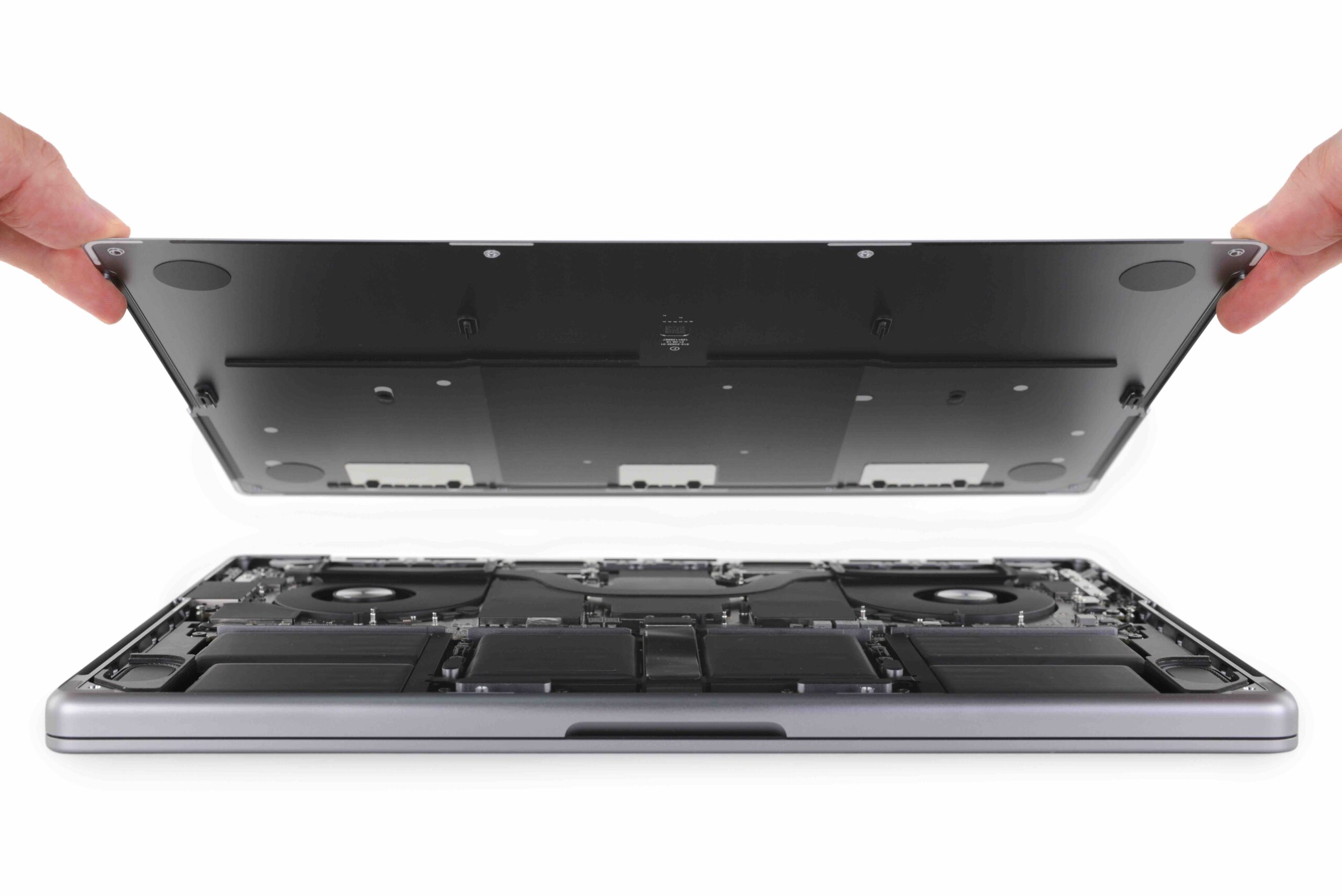
In this case, theoretically, it could be said that the M1 Max easily defeats the configuration with an Intel Core i7 and a GeForce RTX 3070 graphics card. However, only if the games were also optimized for Apple Silicon. Given this fact, the results, which are broadly comparable to Razer's competition, carry even more weight. In conclusion, one more simple question is offered. If the performance of Macs increases so noticeably with the arrival of Apple Silicon chips, is it possible that developers will also start preparing their games for Apple computers? For now, it looks like not. In short, Macs have a weak presence on the market and are relatively expensive. Instead, people can put together a gaming PC for a significantly lower price.
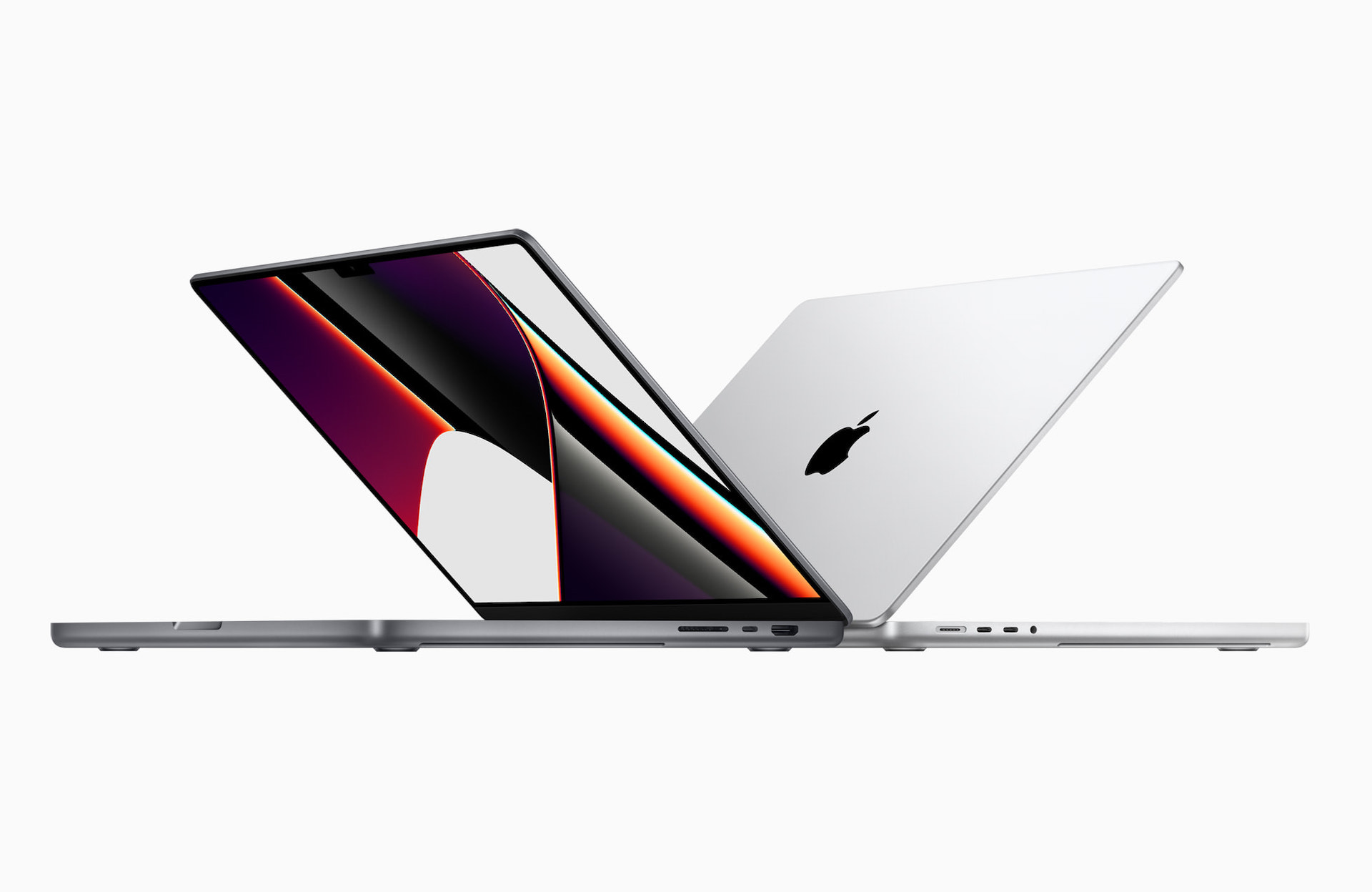
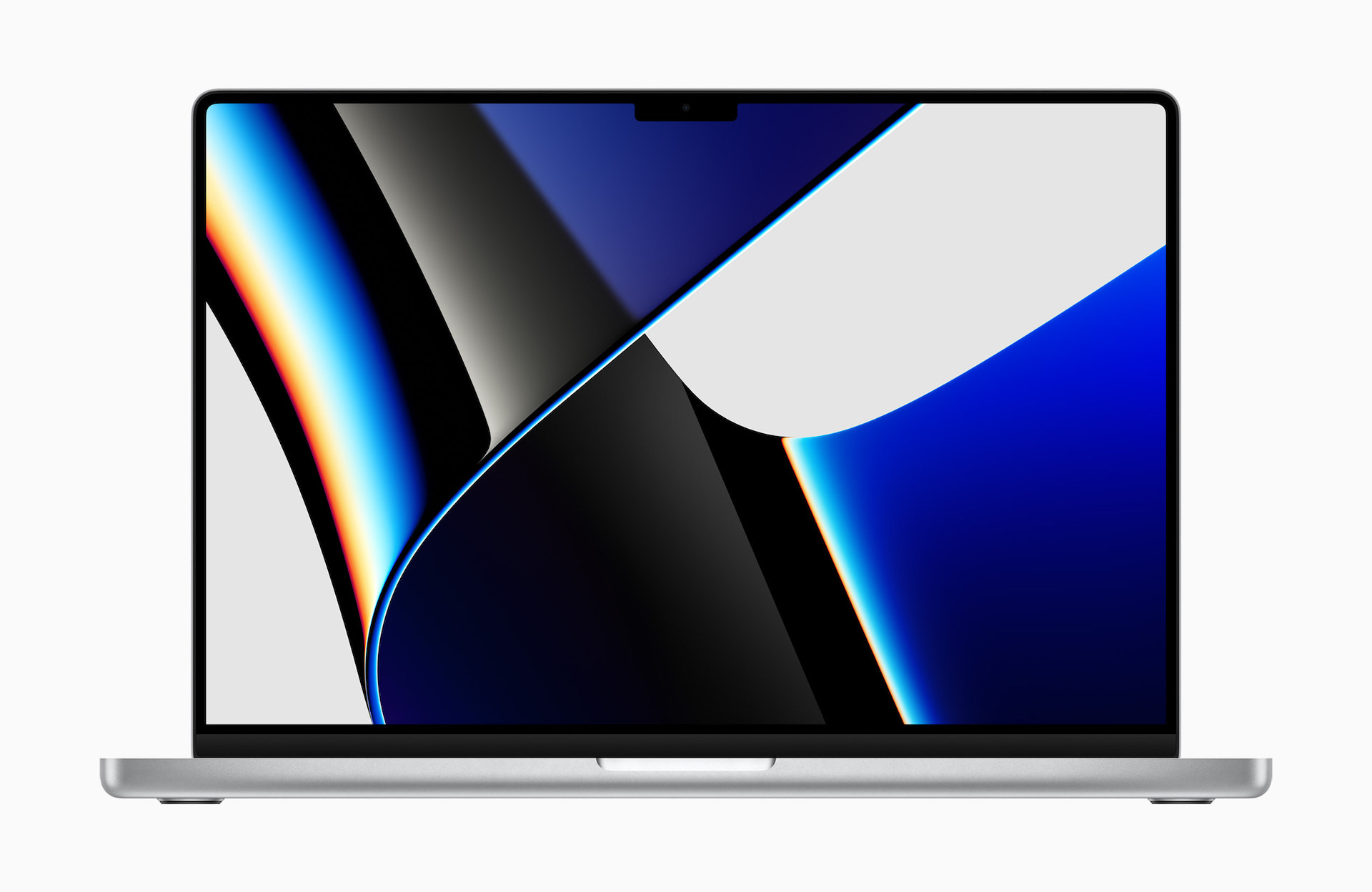
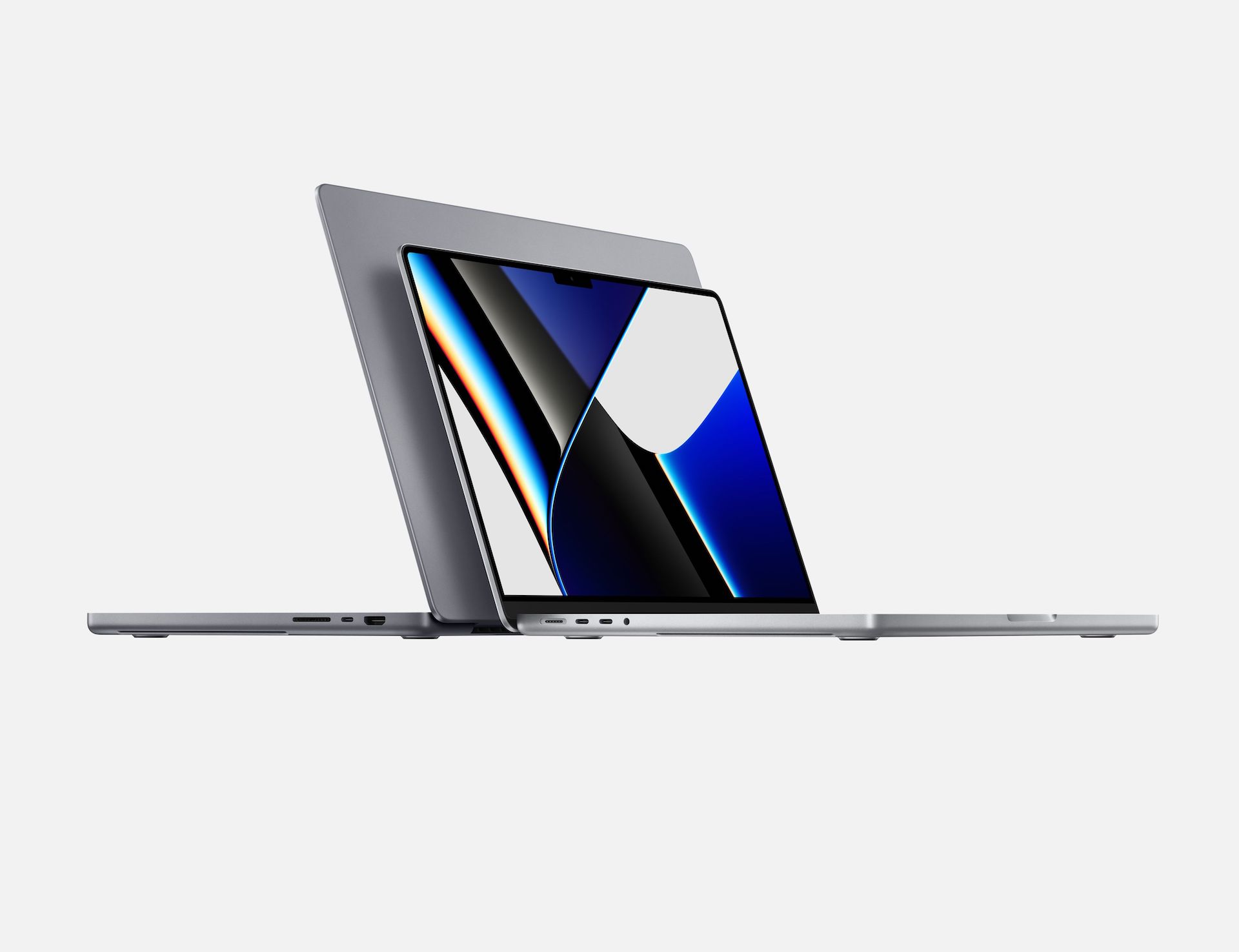
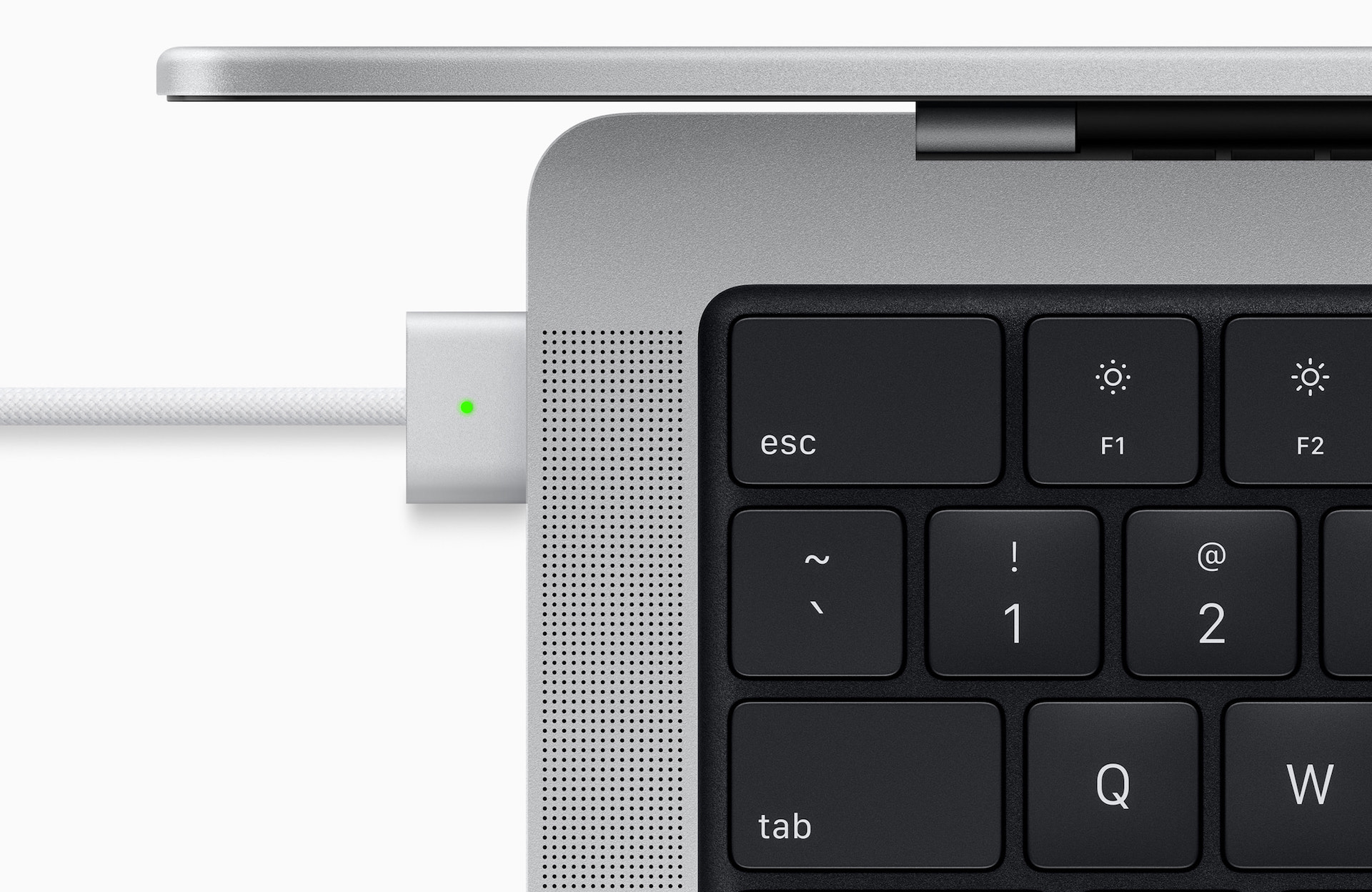


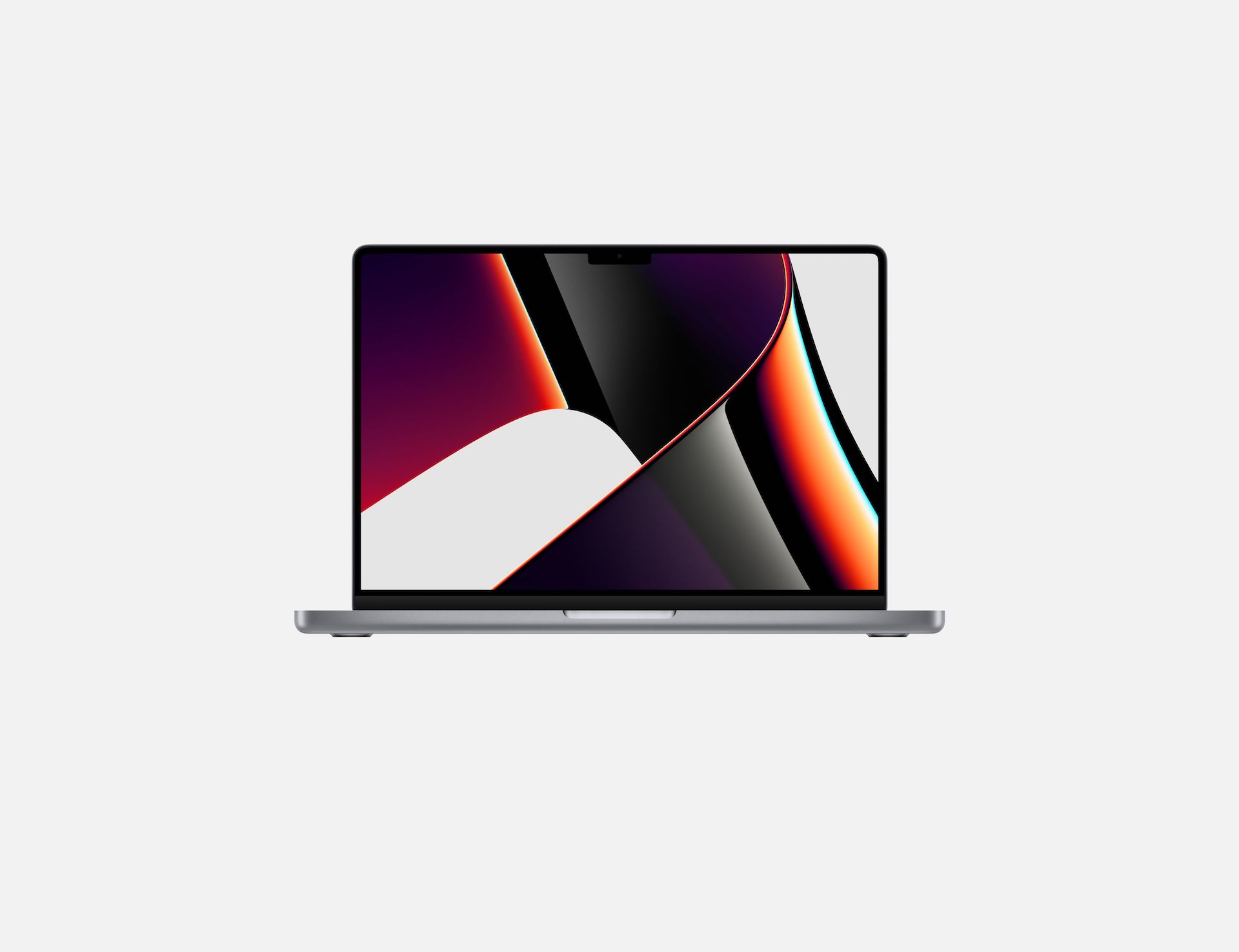
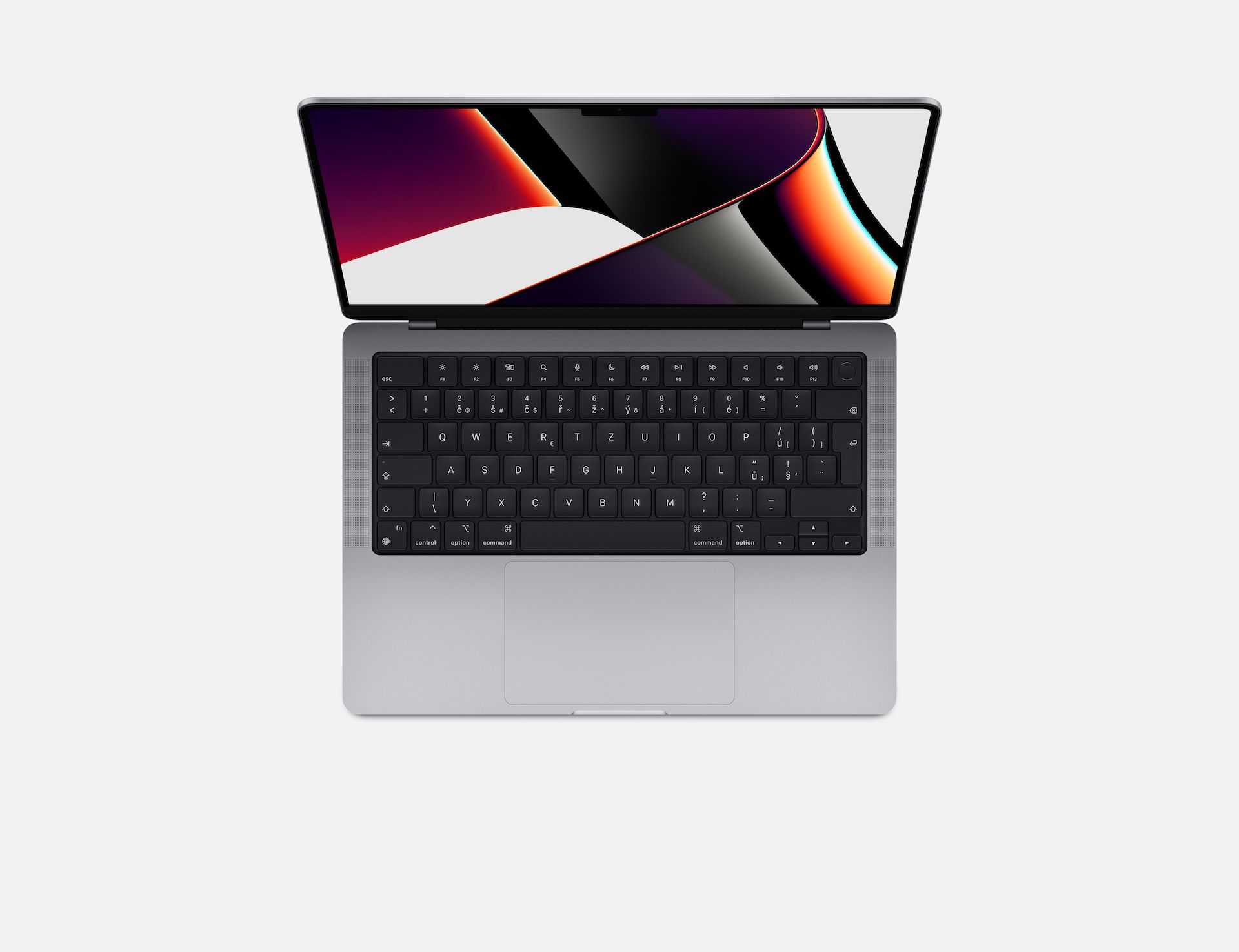
 Adam Kos
Adam Kos
As mentioned in the article, there are only a minimum of games for macOS. Therefore, I think that the category of playing x86 games that were not even written for macOS is much more interesting, so you have to use Crossover or Windows ARM via Parallels, which has its own emulator for 64-bit x86 applications. Unfortunately, due to the multiple layers of translation, the results there are already much worse even compared to year-old MacBooks with Intel processors and AMD graphics (since Windows software can run natively on them). "Instead, people can build a gaming PC for a significantly lower price." - this is only true for desktops, but if we look at laptops, I wouldn't say it's rosy either. In terms of performance and processing, the latest MacBook is very close to, for example, the Asus Zephyrus G15 / M16, which, depending on the configuration, is sold at a very similar price, has a significantly worse display and battery life, even a rough single core and multicore processor score (the graphics are about slightly better than in the M1 Max), but on the other hand, it runs natively all x86 software, which can be a big advantage not only in gaming, but also in graphics. Overall, I think that the ability to run Windows software is the only last bottleneck of the new MacBooks, although it may sound bizarre, and Apple could work with Microsoft to prepare drivers so that Windows ARM can be run on Apple Silicon processors. Linux fans have already been able to run native Linux on their own, but unfortunately they haven't been able to crack the graphics drivers yet.
😃 11 fps?
11 fps is really not enough :)))
"Thus, theoretically, it could be said that the M1 Max easily beats the configuration with an Intel Core i7 and a GeForce RTX 3070 graphics card." No it doesn't beat. The very important word is IF.
Hello, you have in the article: "14" MacBook Pro with M1 Pro then obtained "only" 11 fps."
In the gaming industry, 11 fps is a completely unplayable slideshow, so I don't understand why the word "only" is in quotes?
Thank you
Whoops. Should have been 111 fps, already edited. Thank you very much for the reminder. :)
But the 3070 in Razer is a weak version. Compare that to the legion with the 140w version and Apple doesn't catch on.
Comparing a chip that generates almost no heat, i.e. you don't need active cooling, and at the same time has min. the energy consumption with a 140w active card and a processor that has almost the same consumption is a bit bizarre .. even so, intel with nvidia only escapes because of backward compatibility, which is driven or later compared ..
It's bizarre to compare a posch pseudo-gaming laptop with a macbook just to make the tests come out nice. For the same price, you could buy a much better-made MSI with RTX 3080 and 130 W and Intel 11980X or Ryzen 5900X. No one is denying the performance of the Pro and Max, but comparing a limited edition scooter to a jet is still comparing a scooter to a jet. Let the scooter cost as much as it wants.
There won't be games on the Mac, and they aren't mainly for another reason: anyone who has the guts to have a Mac and really wants to play has a console by the TV a long time ago. So do I and a lot of people I know. I see no reason why I should play on the 13″ display of my M1 MBP when I can play on a 69″ TV and really enjoy the game.
60″ :D